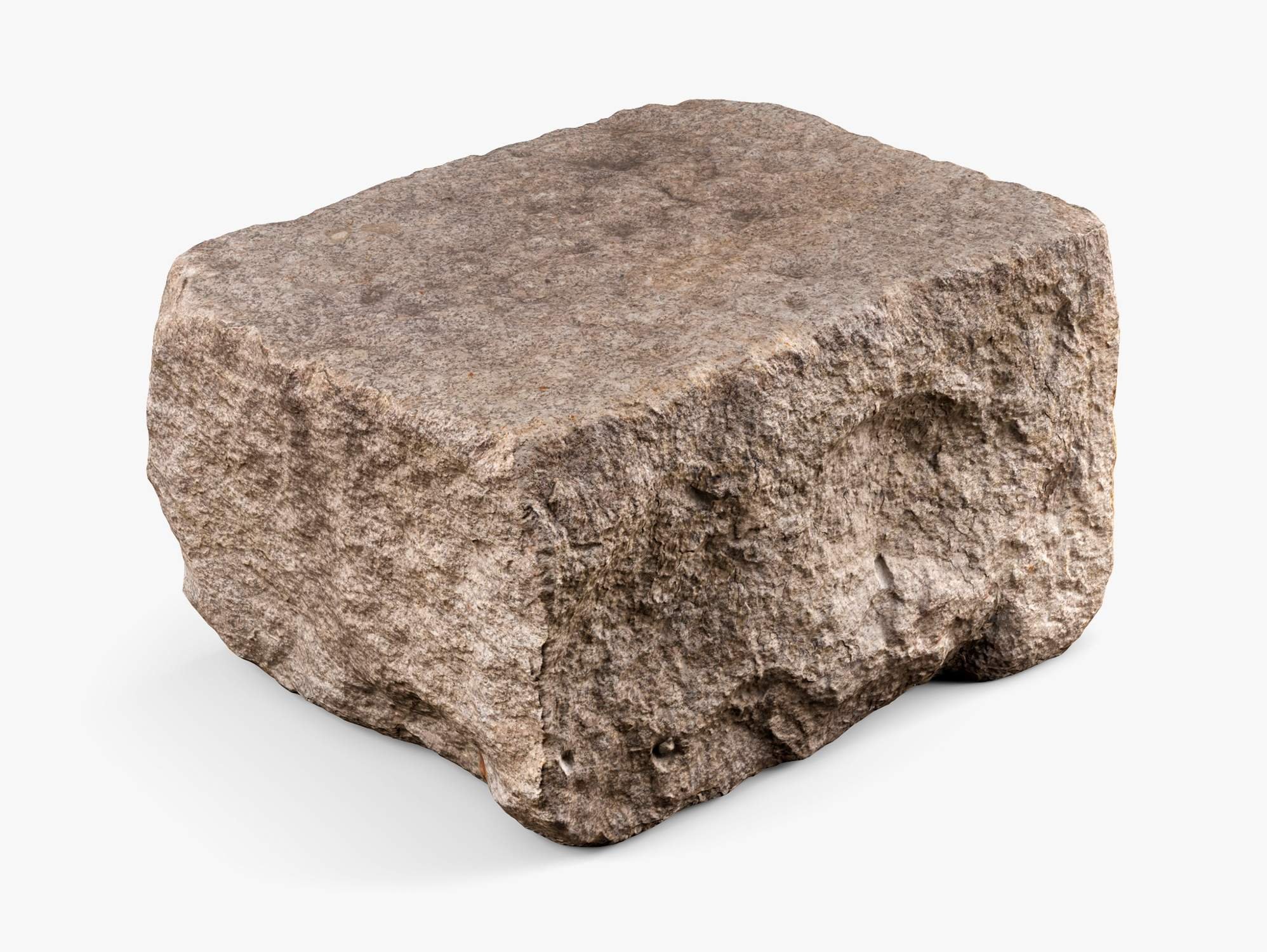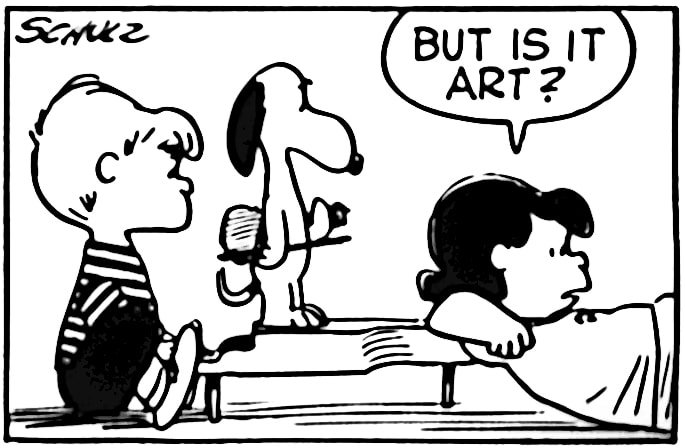Between a Rock and an Art Place
I am an artist and express myself through different mediums. I like to ingest the art of others — collect, ogle, share what I can. I am not a critic. For one, I don’t have a trained tongue and have a hard time communicating what speaks to me and what doesn’t. I can tell you if something feels askew or makes my eyes sparkle, and that’s where it ends.
I also don’t feel like I have the right to have an opinion that should matter to anyone else, for all those eye of the beholder reasons. Art is personal. Art is imagination. Now there are principles that can go into making art — color, composition, materials and construction — and perhaps there are basic laws of balance and craftsmanship most would consider a necessity. So even if the end product doesn't evoke a strong feeling, I can still appreciate it. I’m in awe of what others can do that I cannot do, or they can do better. I value bravery that goes into exposing part of your soul, or the savviness in being able to build a career of your craft.
Last month my husband and I went to an art museum in Fort Worth, something we haven’t done in ages and agree we should find time to do more often. There was a featured exhibit of women artists with many pieces that caught my eye. Near offshoots of the main floor you find the permanent installations.
A very large square piece of cut granite greeted us in a dimly lit side room. I don’t remember the artist’s name, and only recall the gist of the genesis of his work. The accompanying placard stated this was his turning point, that one day he decided, through happenstance, that he was a new kind of stone cutter using simpler forms. He found a new purpose in this rock box. That purpose was clearly now valued.
We found ourselves confused looking at it. And this is when I feel guilty going to that critical place, for all the reasons I listed before. It was a block, to the naked eye not much different from what you’d find as a cornerstone to a historical building or in a stone yard. Is this art? Is it the form itself that qualifies it to hold a place in a museum? Is it the feelings that inspired the form, his story — more his personal transformation, less transformation of the material itself? Or is it the questions the piece inspires that define it as art?
H, Dog, 1993, Museum Of Bad Art, Somerville, MA, USA.
Of all the art viewed that day — much of which I liked quite a lot, and some I dismissed — even though I didn’t take a picture, or understand the rock, this is what I remember the most from our outing. My husband and I ended up talking about it at length, the anchor to several conversations. I’m still thinking about it now. It almost seems best to be the piece that lingered than the one loved or forgotten. Beyond expressing one’s self, should this be an artist’s aim — to be doubted, and maybe even disliked, to be remembered regardless of technique or connection? It doesn’t feel like a legacy I’d want, but an assurance your art would last forever.



